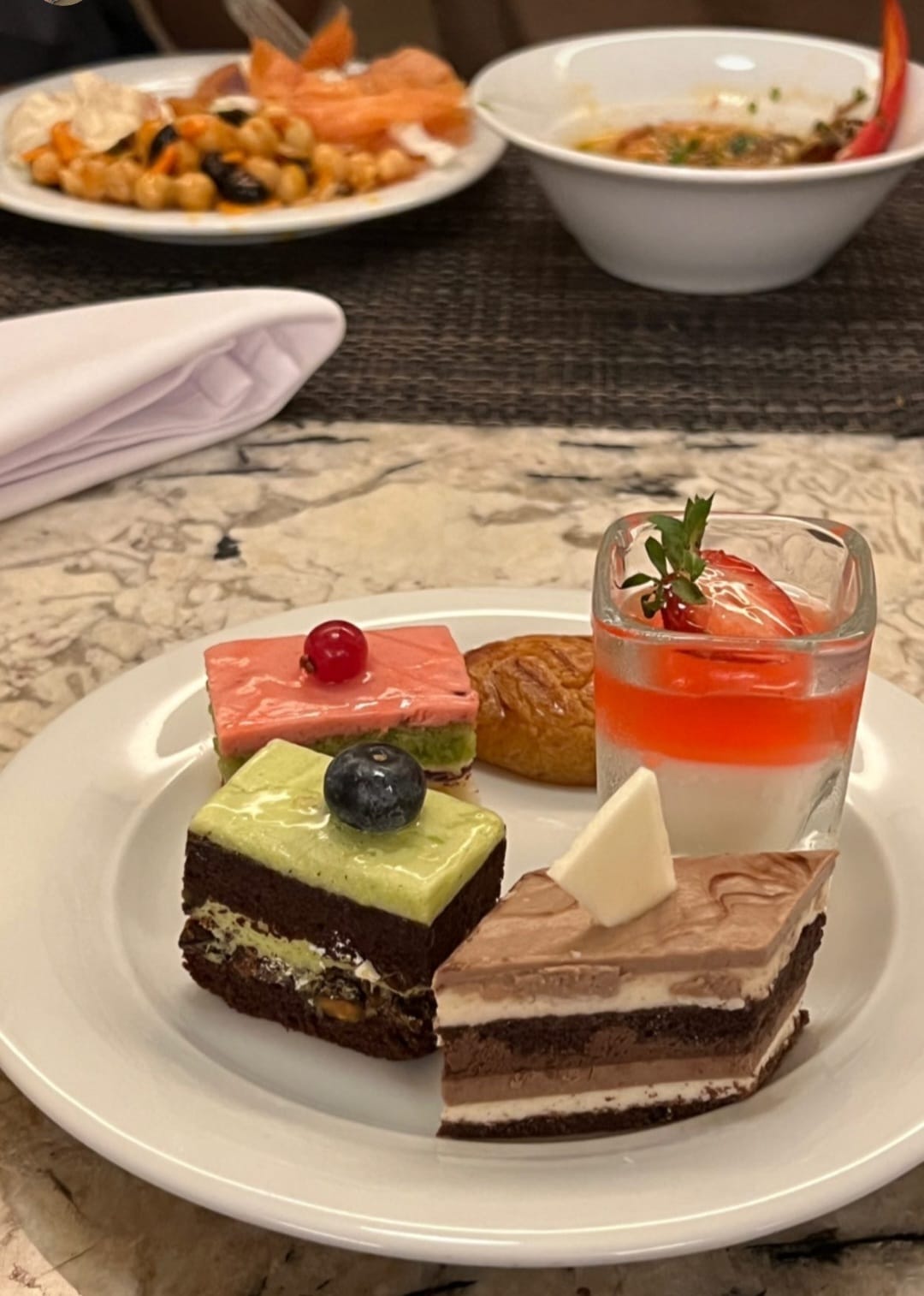Are you In the Kitsilano neighbourhood? Then we suggest that you check out Lumine Coffee at 1965 W 4th Ave #103. They are serving awesome coffee and in-house handmade pastries! "I took a leap to start my own adventure, Lumine Coffee. Again the barista institute followed through in their mentoring and consulting to see my vision through. I would be very happy to work with and support them more for the years to come." Varot Wanithanont, Owner and Operator at Lumine Coffee, 1965 W 4th Ave #103, Vancouver, BC V6J 1M8
https://www.luminecoffee.com/@luminecoffee https://canadianbaristainstitute.com/blogs/testimonials/lumine-coffee-kitsilanoAre you In the Kitsilano neighbourhood? Then we suggest that you check out Lumine Coffee at 1965 W 4th Ave #103. They are serving awesome coffee and in-house handmade pastries! "I took a leap to start my own adventure, Lumine Coffee. Again the barista institute followed through in their mentoring and consulting to see my vision through. I would be very happy to work with and support them more for the years to come." Varot Wanithanont, Owner and Operator at Lumine Coffee, 1965 W 4th Ave #103, Vancouver, BC V6J 1M8 https://www.luminecoffee.com/@luminecoffee https://canadianbaristainstitute.com/blogs/testimonials/lumine-coffee-kitsilano








